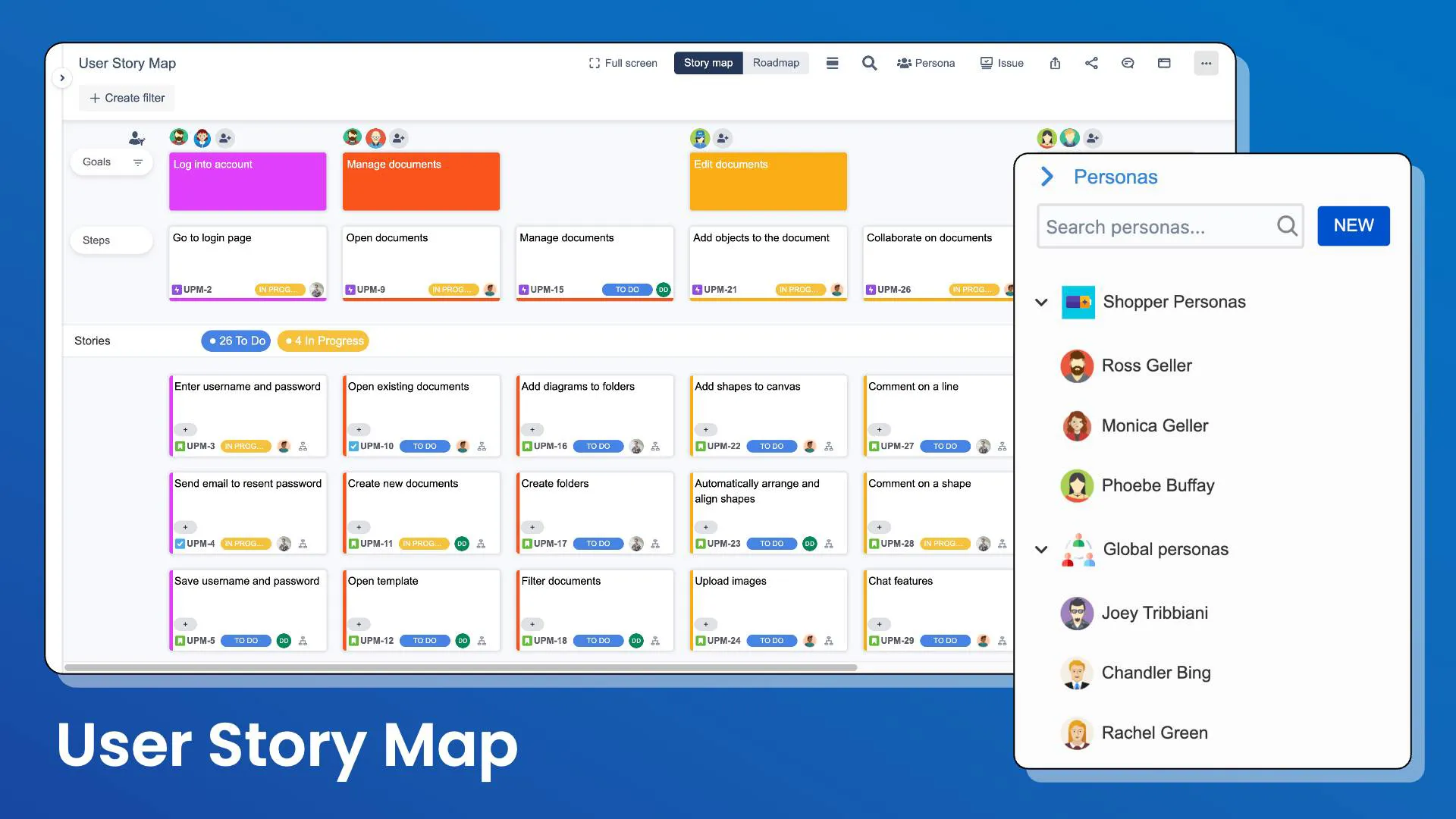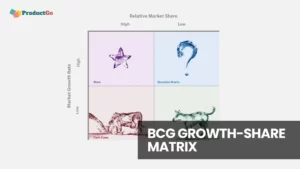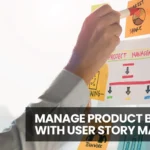The product backlog stands as the vital roadmap for Agile teams, encapsulating the entirety of a project’s aspirations and necessities. Within this dynamic list reside the user stories, bugs, tasks, and technical nuances essential for crafting a stellar product.
The significance of efficient organization within this backlog cannot be overstated. It’s the linchpin that holds together the team’s efforts, ensuring focus, alignment with objectives, and responsiveness to change.
Table of Contents
I. Understanding the Product Backlog
In the world of Agile and Scrum, the product backlog is like the backbone of any project. It’s a dynamic, ordered list of everything that might be needed in the product, and it’s the single source of truth for the team’s work.
What is a Product Backlog?
At its core, the product backlog is a prioritized list. It contains a mix of user stories (which are short, simple descriptions of a feature from the perspective of the user), bugs, tasks, and technical work. These items are often referred to as “backlog items.”

Components of the Product Backlog
- User Stories: These are the bread and butter of the product backlog. They focus on the needs and wants of the users, helping to keep the product development user-centric.
- Bugs and Technical Debt: No product is perfect, and part of the backlog is addressing these imperfections. Bugs need fixing, and technical debt (the extra development work that arises when code that is easy to implement in the short run is used instead of applying the best overall solution) needs managing.
- Tasks and Enhancements: These are the nuts and bolts that keep the project moving. Tasks could be anything from research to design changes, while enhancements are improvements to existing features.
→ Related blog: Product Backlog: Everything You Need to Know!
II. Challenges in Managing a Product Backlog
Managing a product backlog is crucial, but it’s not always a walk in the park. Various challenges can arise, making it tricky to keep your backlog effective and under control. Let’s explore some of these common hurdles.
Prioritization Difficulties
Prioritizing a diverse mix of backlog items is challenging, requiring a deep understanding of project goals, user needs, and the impact of each item.
Balancing Different Stakeholder Interests
Managing a product backlog involves juggling various stakeholder demands, ensuring consensus and fairness, without being swayed by the most vocal voices.
Keeping the Backlog Manageable
Preventing “backlog bloat” is crucial; a too-large backlog can obscure priorities, causing confusion and slowing decision-making.
Adapting to Changes
The backlog must remain flexible to adapt to project changes while staying aligned with overall objectives, a balancing act in dynamic environments.
III. Strategies to Organize Your Product Backlog
Organizing a product backlog effectively is key to a project’s success. Here, we’ll explore strategies that can help streamline this process.
Effective Prioritization
The essence of a well-organized backlog lies in its prioritization. A common approach is the MoSCoW method (Must have, Should have, Could have, Won’t have this time), which helps in classifying items based on their urgency and importance. This method ensures that the team focuses on what’s crucial for the product’s next iteration.

Categorization for Clarity
Categorizing backlog items into themes or epics can significantly enhance clarity. This approach groups related items, making it easier for the team to understand the broader context and dependencies among features.
Balancing Short-term and Long-term Planning
It’s vital to strike a balance between immediate tasks and future goals. This can be achieved by maintaining a mix of short-term user stories and long-term epics in the backlog, ensuring that immediate deliverables and future visions are both addressed.
Regular Backlog Grooming
Regular backlog grooming sessions are critical. These meetings provide an opportunity to review and reorder items, ensuring the backlog remains up-to-date and aligned with the project’s evolving requirements. They also help in identifying any items that are no longer relevant and should be removed.
IV. User Story Mapping: A Tool for Better Organization
User story mapping is an invaluable tool for organizing a product backlog more effectively, offering a visual representation of the user journey and how each backlog item fits into it.
What is User Story Mapping?
User story mapping is a collaborative exercise that arranges user stories along two axes: priority and the sequence of user activities. It creates a ‘map’ that depicts the entire scope of a project, making it easier to see how pieces fit together and contribute to the overall user experience.
Enhancing Backlog Organization
User story mapping can significantly enhance the organization of the product backlog. It helps align backlog items with the user’s journey, ensuring the development team is always working on tasks that contribute to a cohesive and functional product experience.
Managing Product Backlogs with Agile User Story Map for Jira
ProductGo is a comprehensive Jira app designed to assist teams in planning, tracking, and releasing products effectively. User Story Map for Jira provides a visual representation of the user journey, breaking down user stories into smaller segments. This feature is integrated with Jira, allowing teams to map stories to releases and sprints, facilitating better planning and collaboration.
→ Try now: Agile User Story Maps, Roadmaps & Persona for Jira

Tools like Rapidr, Jira, Trello, and Asana also can help in organizing, categorizing, and monitoring the progress of backlog items. They offer features for collaboration, integration with other tools, and support prioritization and planning activities
V. Best Practices for Maintaining an Organized Product Backlog
Maintaining an organized product backlog is essential for efficient project management. Here are some best practices:
- Regular Reviews and Updates: Conduct regular reviews of the backlog to ensure all items are still relevant and up-to-date. This could be part of your sprint review or a dedicated backlog grooming session.
- Prioritize Ruthlessly: Continuously prioritize the backlog items, ensuring the most critical and high-value tasks are at the top. Use prioritization frameworks like MoSCoW or RICE to assist in this process.
- Break Down Large Items: Large items, often called ‘epics,’ should be broken down into smaller, more manageable tasks known as ‘user stories’ as they move up in priority.
- Clear and Concise Descriptions: Ensure each backlog item has a clear and concise description, so everyone on the team understands its purpose and scope.
- Limit the Backlog Size: Avoid backlog bloating by keeping it lean. Regularly remove or archive items that are no longer relevant or have been superseded by other tasks.
Conclusion
A well-organized product backlog isn’t just a list; it’s a living, breathing entity that fuels a project’s success in the Agile landscape. The strategies laid out—from effective prioritization using frameworks like MoSCoW to the collaborative prowess of user story mapping—usher in clarity, alignment, and adaptability. The practices outlined, coupled with insights into tools like ProductGo, craft a robust framework for teams to navigate the complexities of backlog management.
Remember, the essence lies not just in maintaining but in actively curating a backlog that mirrors the evolving needs of the project, ensuring that every item aligns with the overarching vision and contributes meaningfully to the product’s journey toward excellence.













